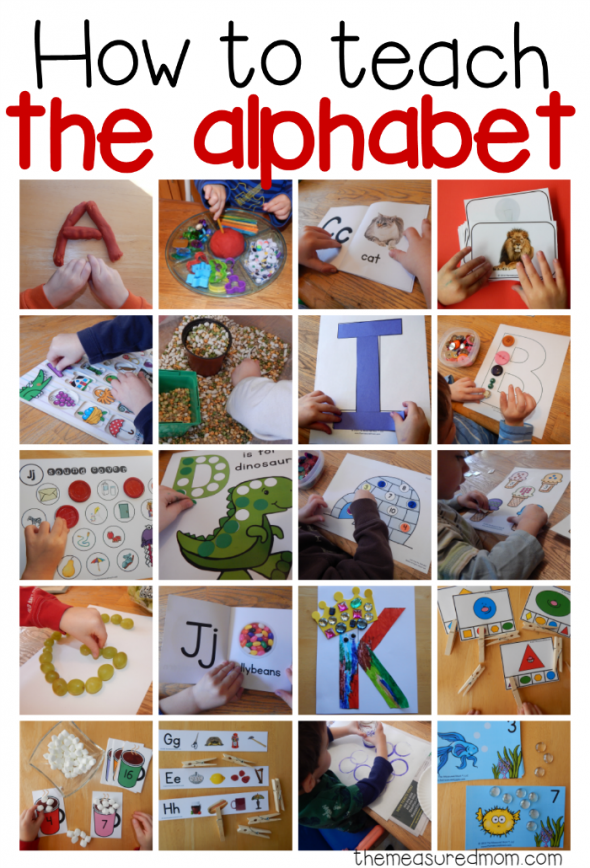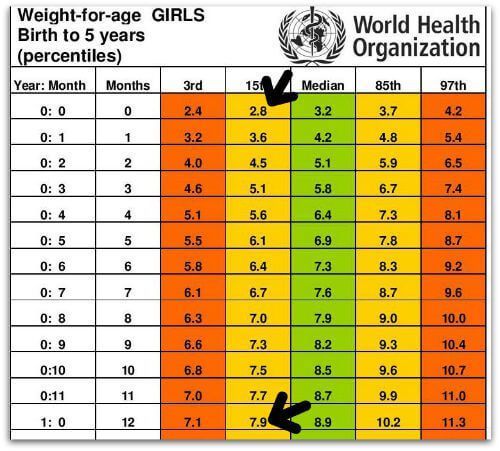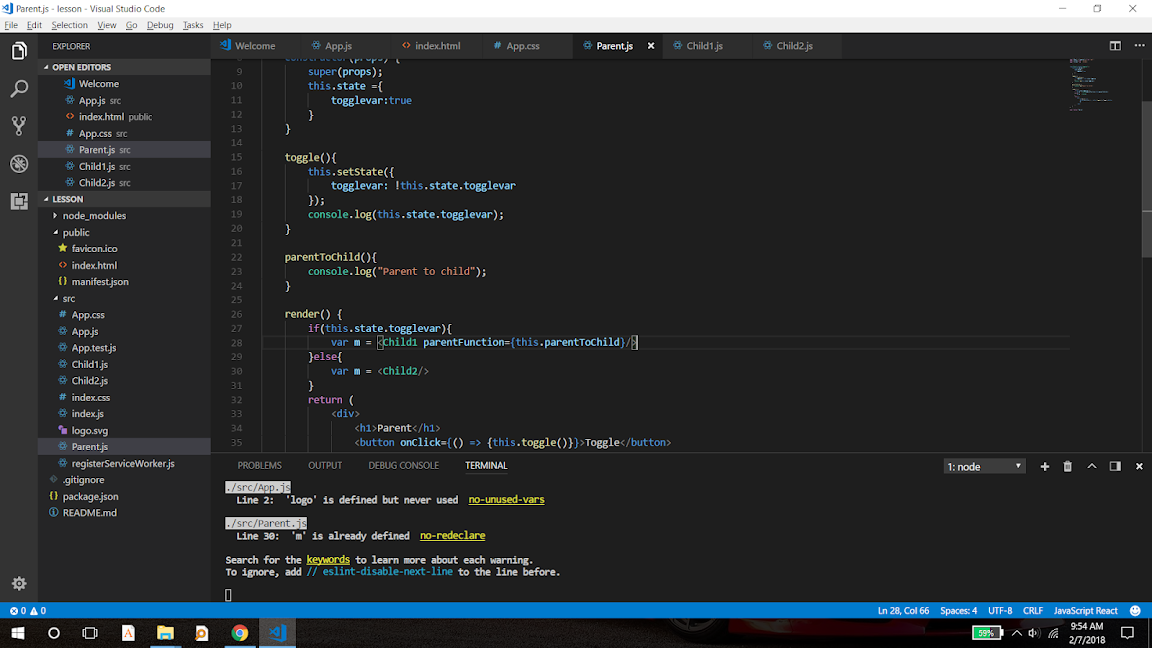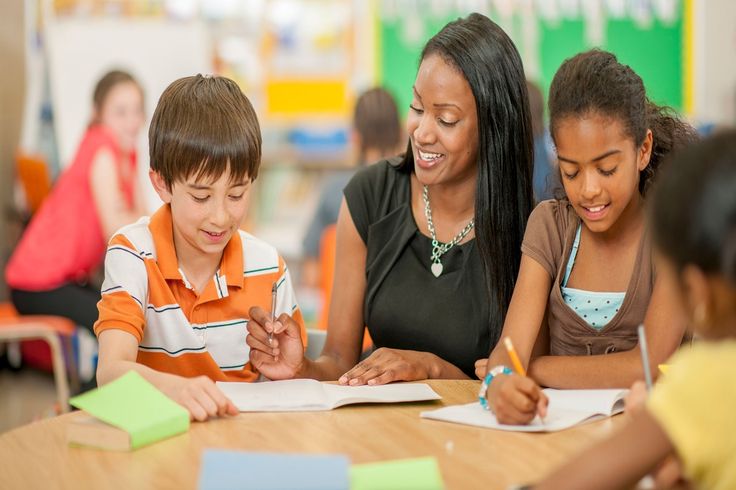How to teach your child the alphabet preschool phonics at home
How To Teach Phonics At Home with Montessori
3-5 years old learning to read with phonics montessori reading program pre-reading activities
How can I teach phonics at home with my preschooler?Although phonics is the evidence-based approach to teaching reading, there’s still a gap between reading instruction in schools and the science of reading.
This is why you need to think twice about HOW your child will learn to read, especially if your local school is teaching the outdated “whole language” approach that’s based on a theory of reading that’s been debunked by cognitive scientists.
With just a few minutes a day, you can set up your preschooler for success with learning to read by teaching phonics at home.
My gentle, child-led approach focuses on indirect preparation.
Even though I talk about "teaching your child to read", it's really about providing opportunities for children to teach themselves. I don't believe in putting pressure on 3 or 4 year old children to start reading before they are developmentally ready!
Keep reading to learn the 4 steps in the learning sequence to teaching phonics at home using hands-on Montessori activities.
It’s important to understand the steps from pre-reading to early reading. That way you you’ll be able decide quickly whether or not your child is ready for a specific activity that you find on Pinterest.
What does phonics mean?Before we get into HOW to teach phonics, let’s start with a definition of phonics. You may have heard the term “phonics” before without really knowing what it is.
So, what exactly does “phonics” mean?
Phonics is the method of teaching reading and writing through explicit instruction of the code between speech sounds and written symbols.
The alphabet letters in English are written symbols that represent speech sounds. We can communicate through writing because we’ve all agreed that a certain letter or combination of letters represents a single sound in our spoken language.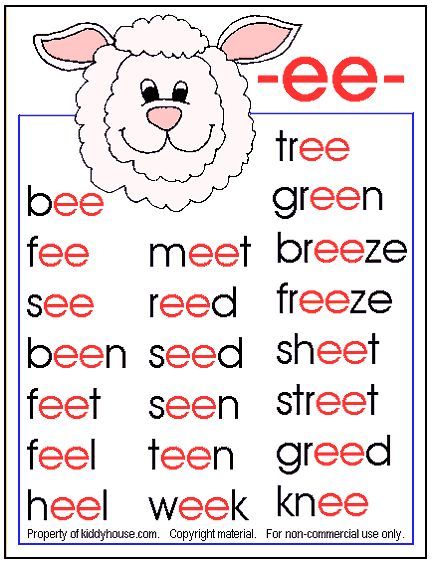
Individual speech sounds are called phonemes and the written symbols that represent those sounds are called phonograms.
A phonogram can be a single letter or a combination of letters. For example, when we say the word “cat” and then write it on paper, the speech sound /c/ is represented by the letter “c”, the speech sound /a/ is represented by the letter “a” and the speech sound /t/ is represented by the letter “t”. It’s easy to read the word “cat” when you know the sound that each letter represents!
Learning to read and write in English is a bit more complicated than other languages because there are more than just the phonemes that correspond to the 26 alphabet letters.
There are about 44 unique speech sounds in the English language, and some of them have multiple spellings! For example, the long a vowel sound can be spelled as a (acorn) and also ai (train), a_e (cake), ay (play), ei (vein), eigh (eight) and ea (break).
To have a solid foundation for reading, your child needs to learn about 70 phonograms. Of course, we don’t overwhelm children by teaching all 70 phonograms at the same time!
We want to first start with basic phonics. This means that you’ll first focus your sound-letter association activities on teaching the alphabet letters that represent the short vowel sounds and hard consonant sounds.
Then you’ll layer on the other common phonograms such as ai, sh, ee, ch, ou, etc to cover advanced phonics. Over time, you’ll draw attention to the various spellings of the 44 unique speech sounds.
Why phonics is important.It’s important for your preschooler or kindergartener to learn phonics for two main reasons.
- Your child will know which letters to use when writing words.
- Your child will be able to decode words never seen before.
In fact, a good way to assess your child’s knowledge of phonics is to invite him or her to write or read nonsense words such as gax, baj, steck, vaith and strone.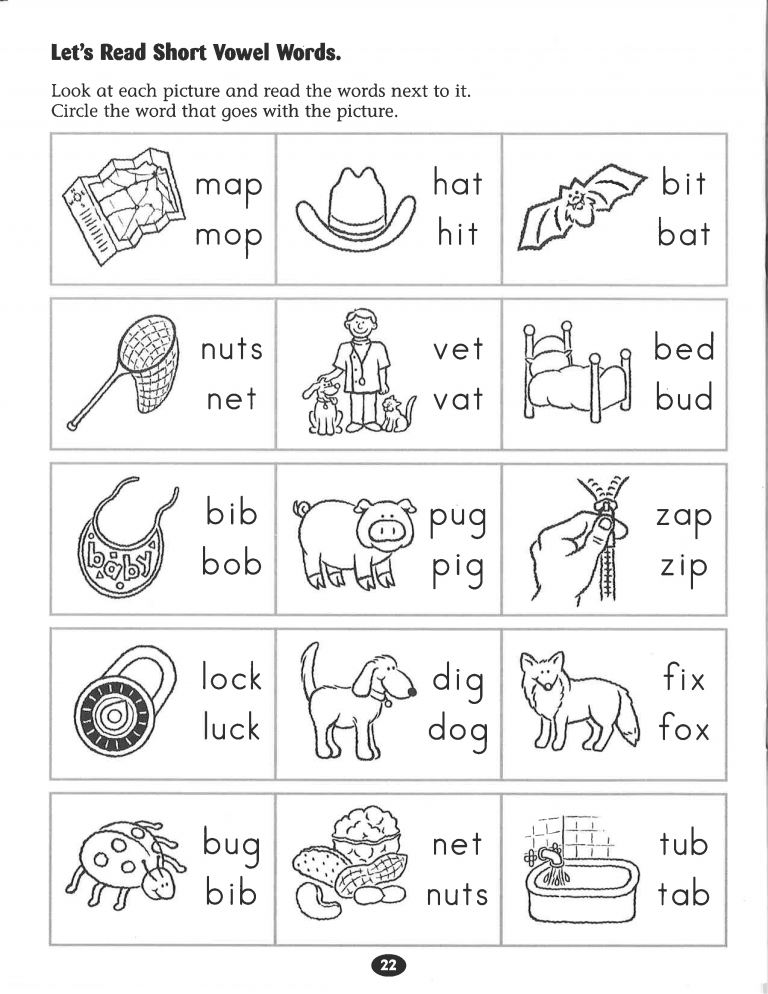
A huge advantage of teaching phonics is that your child won’t need to memorize long lists of words!
This is because most words you’ll find on high-frequency word lists or sight words lists can actually be sounded out easily by children who have knowledge of the phonetic code.
Children who learn phonics also don’t need to guess at words by looking at the picture or the first sound of the word, and they don't need to skip any words in a sentence. These are the strategies of struggling readers who don’t have a solid foundation in phonics.
Teaching phonics step by step with your preschooler.Here’s the step-by-step overview of the learning sequence for teaching phonics at home with your preschooler that I teach inside The Playful Path to Reading™.
You can sign up to watch my FREE CLASS that walks you through this 4-step method to teach reading at home. You'll learn the 3 biggest mistakes to avoid and you'll pinpoint where your child is at in the learning sequence.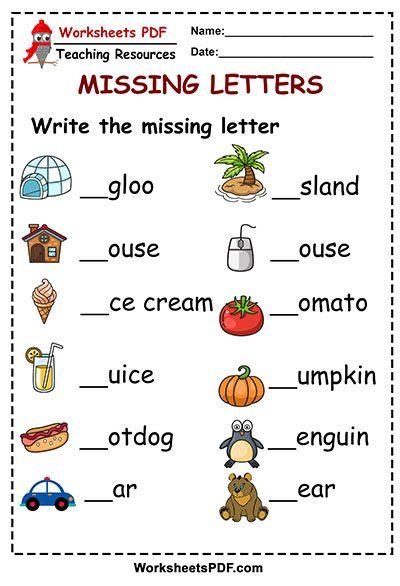
The first three steps develop pre-reading skills. These activities offer indirect preparation for reading. We’ll use language objects, sandpaper letters and a moveable alphabet to develop all the skills needed to learn phonics — without any worksheets or crafts!
STEP 1: Develop Phonemic Awareness
The first step to teaching phonics is to play "sound games" when your child is around 3 years old to help your preschooler develop phonemic awareness.
Phonemic awareness activities involve NO letter symbols!
The focus is just on drawing attention to the individual speech sounds (phonemes) in spoken words. That will prepare your child to understand that letters are symbols that represent speech sounds.
It's important not to skip this step because phonemic awareness is the best predictor of how well children learn to read.
"Without phonemic awareness, phonics is harder to learn.In other words, phonemic awareness is something that should be taught before phonics — or at least early in the phonics sequence — so children receive maximum benefit from their phonics instruction.
” (2005 National Reading Panel Report)
STEP 2: Associate Speech Sounds and Letter Symbols
The second step to teaching phonics is to help your child connect the speech sounds in spoken words with the letter symbols of our written language.
At this point, your preschooler will already be able to identify at least the beginning sounds of spoken words.
Having already developed some phonemic awareness, the letter symbols will have meaning for your child. Your preschooler will be able to draw on that knowledge to make sense of letter symbols.
Sound-letter association games using Montessori sandpaper letters develop visual, muscular and auditory memory to learn basic and advanced phonics.
STEP 3: Use Phonics Knowledge to Build Words
The third step to teaching phonics is to show your child how to put speech sounds (represented by letter symbols) in a row to make words using a Montessori moveable alphabet.
This "writing before reading" step allows children to use their existing phonics knowledge to communicate ideas through print without any pressure to read what they have written.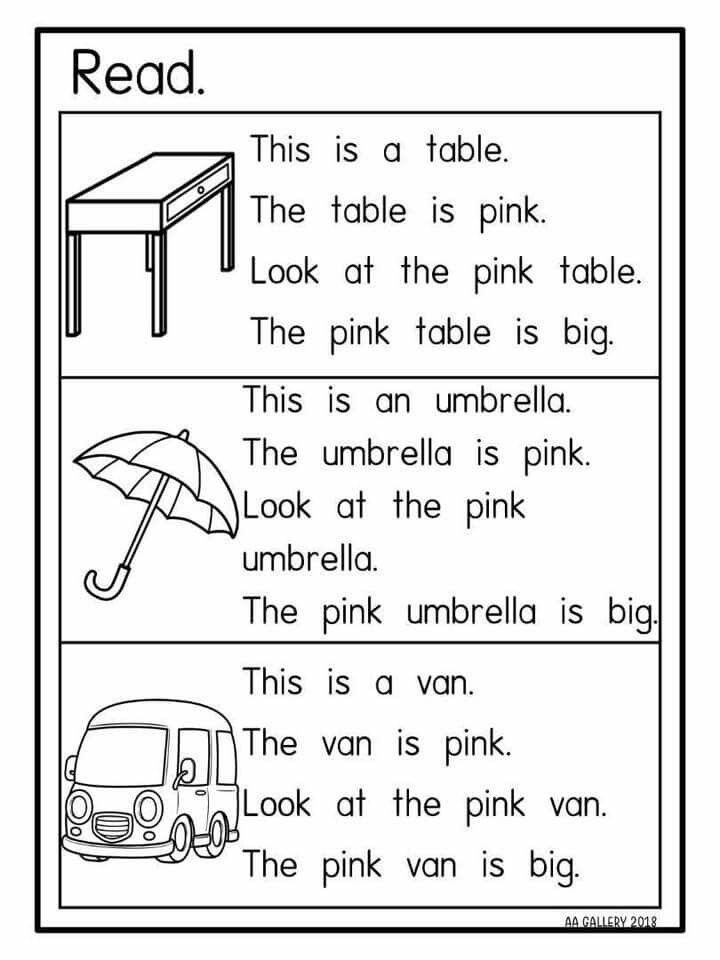
Often children are ready to build words before the pencil grip has developed, so we’ll use a Montessori moveable alphabet instead of pencil and paper.
Your child can just focus on finding the Montessori moveable alphabet letters needed without worrying about having to write any letters with a pencil. This takes the pressure off!
STEP 4: Use Phonics Knowledge to Decode Words
Most children will discover their ability to read through the process of building words! Your child is now ready to develop decoding skills through practice reading words, phrases and then sentences.
Once your child has begun reading words using phonics knowledge, you can encourage your child to memorize some sight words to boost reading fluency and then introduce decodable readers that require knowledge of basic and advanced phonics.
Quick Summary: How to Teach Phonics at HomePhonics is the method of teaching reading and writing through explicit instruction of the code between speech sounds and written symbols.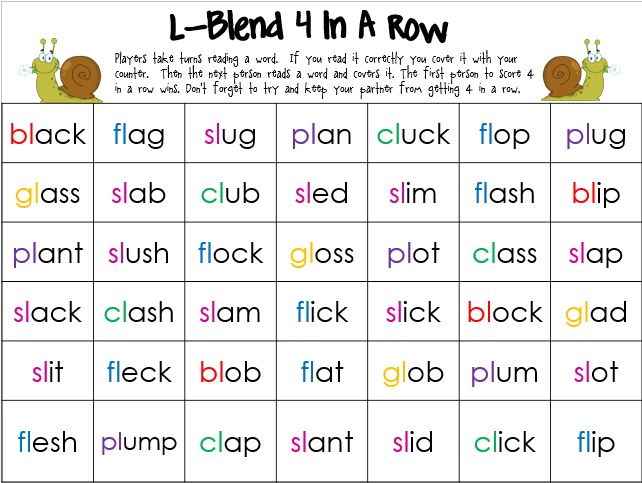 Research supports using phonics over the whole language approach.
Research supports using phonics over the whole language approach.
There are 4 steps in the learning sequence from pre-reading to early reading using hands-on Montessori activities.
- Develop phonemic awareness.
- Associate speech sounds and letter symbols using Montessori sandpaper letters to learn the phonetic code.
- Use existing phonics knowledge to build words using a Montessori moveable alphabet.
- Practice reading words, phrases and then sentences.
It’s important to understand the big picture so that you’ll be able to decide very quickly whether or not your child is ready for an activity that you find on Pinterest. That way you can be reassured that you're not putting any pressure on your child to learn to read before he or she is developmentally ready.
How to Teach Phonics to Your Child
The answers to our kids' questions about letters, sounds, and words aren’t always as simple as they first appear. How do you explain that the O can be /o/ as in oval or /o/ as in otter, that nanna does not end with the letter R, or why you just can’t sound out the word "was"?
How do you explain that the O can be /o/ as in oval or /o/ as in otter, that nanna does not end with the letter R, or why you just can’t sound out the word "was"?
Taking a closer look at what’s involved with phonics, and the role it plays in learning to read can be a helpful place to start.
Why Phonics Is Trickier Than It Sounds
Phonics is the process of teaching children to correlate an individual sound with its corresponding letter or letter group. The more easily they can hear, identify, and manipulate sounds, the easier it will be for them to decode new words when they are ready to read.
Phonics is a fundamental building block of literacy, one that parents can help to develop. But many parents misunderstand phonics to be a program that can teach reading skills “fast” through fun sing-alongs, alphabet worksheets, and flashcards. In fact, it generally takes years to master — while there are 26 letters in our alphabet, there are 44 unique sounds, and most children will spend the better part of kindergarten, first, and second grade learning how those sounds relate to each other to form words.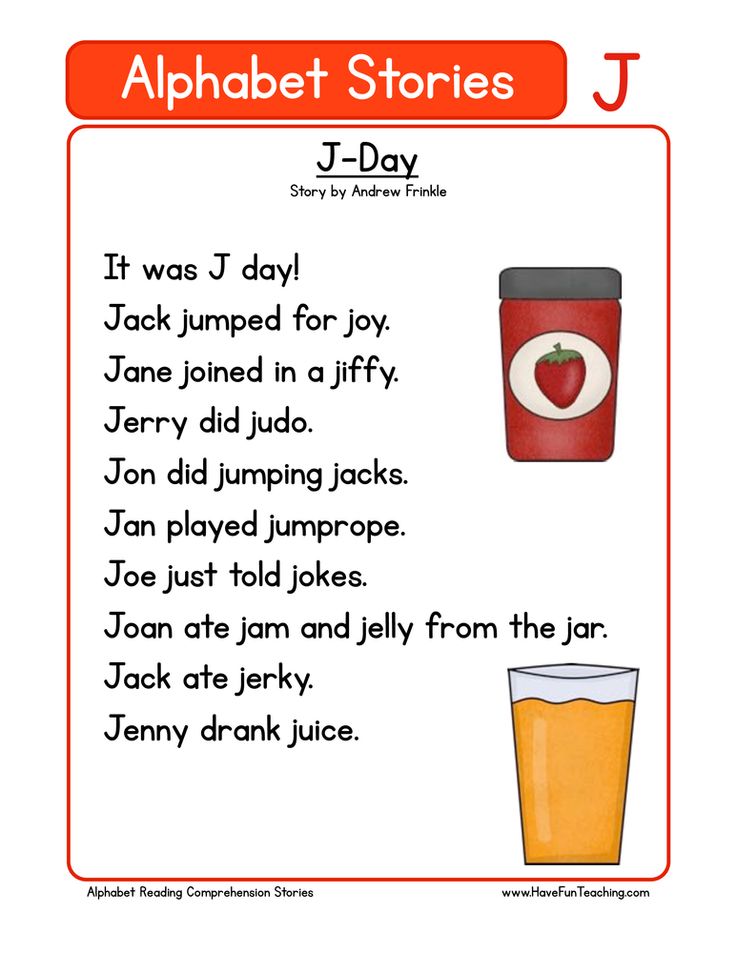
Raise a reader by getting the best book recommendations, reading tips, and discounts delivered straight to your inbox.
PLEASE ENTER A VALID EMAIL ADDRESS.
PLEASE SELECT A NEWSLETTER OPTION.
Preschool View Sample
Elementary School View Sample
Privacy Policy
<div><h3>Thanks for signing up! Look out for a confirmation email from us. </h3><h4>Want to connect now? Find us on social media!</h4><h3><a adhocenable="false" href="https://www.facebook.com/scholasticparents/" target="_blank"><img src="/content/dam/parents/icons/facebook.svg"></a> <a adhocenable="false" href="https://www.instagram.com/scholasticparents/" target="_blank"><img src="/content/dam/parents/icons/instagram.svg"></a> <a adhocenable="false" href="https://twitter.com/scholparents" target="_blank"><img src="/content/dam/parents/icons/twitter.svg"></a> <a adhocenable="false" href="https://www.pinterest.com/scholparents/" target="_blank"><img src="/content/dam/parents/icons/pinterest.svg"></a></h3></div>
</h3><h4>Want to connect now? Find us on social media!</h4><h3><a adhocenable="false" href="https://www.facebook.com/scholasticparents/" target="_blank"><img src="/content/dam/parents/icons/facebook.svg"></a> <a adhocenable="false" href="https://www.instagram.com/scholasticparents/" target="_blank"><img src="/content/dam/parents/icons/instagram.svg"></a> <a adhocenable="false" href="https://twitter.com/scholparents" target="_blank"><img src="/content/dam/parents/icons/twitter.svg"></a> <a adhocenable="false" href="https://www.pinterest.com/scholparents/" target="_blank"><img src="/content/dam/parents/icons/pinterest.svg"></a></h3></div>
Where Parents Get Tripped Up
Any parent who has tried to sound out words with a pre-reader will quickly realize that they have forgotten what hard work it is. Short vowels like “a” and “e” may sound alike to a young ear.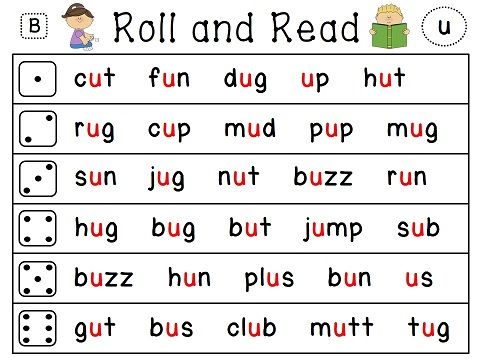 Letter combinations like “sh” and “th” are hard to explain to a child who is only recently comfortable with the alphabet. Kids encounter sight words like “the” and “said” that can’t even be sounded out thanks to their irregular spelling! Ask a 6-year-old to spell “kid” and they are just as likely to say, “c-i-d…” as “k-i-d,” leaving parents at a loss for how to explain.
Letter combinations like “sh” and “th” are hard to explain to a child who is only recently comfortable with the alphabet. Kids encounter sight words like “the” and “said” that can’t even be sounded out thanks to their irregular spelling! Ask a 6-year-old to spell “kid” and they are just as likely to say, “c-i-d…” as “k-i-d,” leaving parents at a loss for how to explain.
So How Can You Help Your Child?
Kids simply need practice — countless opportunities to hear, grasp, and manipulate the sounds of words, so they can eventually “decode” words quickly for fluent reading. For parents, this might sound like lots and lots of repetition — and that’s okay. It may seem like your child is stuck, but think of phonics like learning a secret code — once your child breaks the code, she'll move forward through that unlocked door without looking back.
One of the most beneficial things parents can do is help their child learn to hear the individual sounds within words. Ideally, he'll receive a comprehensive reading program at school, which includes “spelling rules” and learning sight words. These nine simple phonics-based activities are an ideal way for parents to support literacy development at home.
These nine simple phonics-based activities are an ideal way for parents to support literacy development at home.
Focus on the First Letter
1. Talk about the name of a letter and the sounds it makes: Try explaining to pre- and early readers that just like children letters have names, and that also just like children, letters can often say or make different sounds.
For example, you might say, “I can see a letter from your name. Can you see the letter A (say A as in apricot)? In this word it’s making an /a/ sound, a-pple. The letter’s name is A and it’s making an /a/ sound.”
2. Brainstorm words that begin with the same sound: Help your child to think of other words that begin with the /a/ sound. For example, “I can think of another word that starts with that /a/ sound — ant! Can you think of an /a/ word? /a/ /a/ (pause for your child to respond).” If they cannot think of an answer or are not interested, you might like to offer another suggestion or simply leave brainstorming for another time.
3. Have fun with silly sentences that begin with the same sound: If you and your child have brainstormed a verbal list of words you might like to try putting them together into a silly sentence, for example, “The angry ant attacked the apple with an ax!”
4. Play the classic game, I Spy: “I spy with my little eye something beginning with /b/.”
“Ball does begin with b but it’s not what I spy.”
“Bacon? You’re right, bacon begins with b. I spy bacon!”
(The I SPY Books are another way to practice simple words and their sounds, as well as build memory and observation skills.)
Get Them Rhyming
5. Read rhyming books together: There are many fabulous picture books that share their stories in simple rhyme. Once a story is familiar to your child try pausing before the rhyming word, waiting to see if your child offers the correct response.
(You can't go wrong utilizing the classic Chicka Chicka Boom Boom or Brown Bear, Brown Bear, What Do You See?.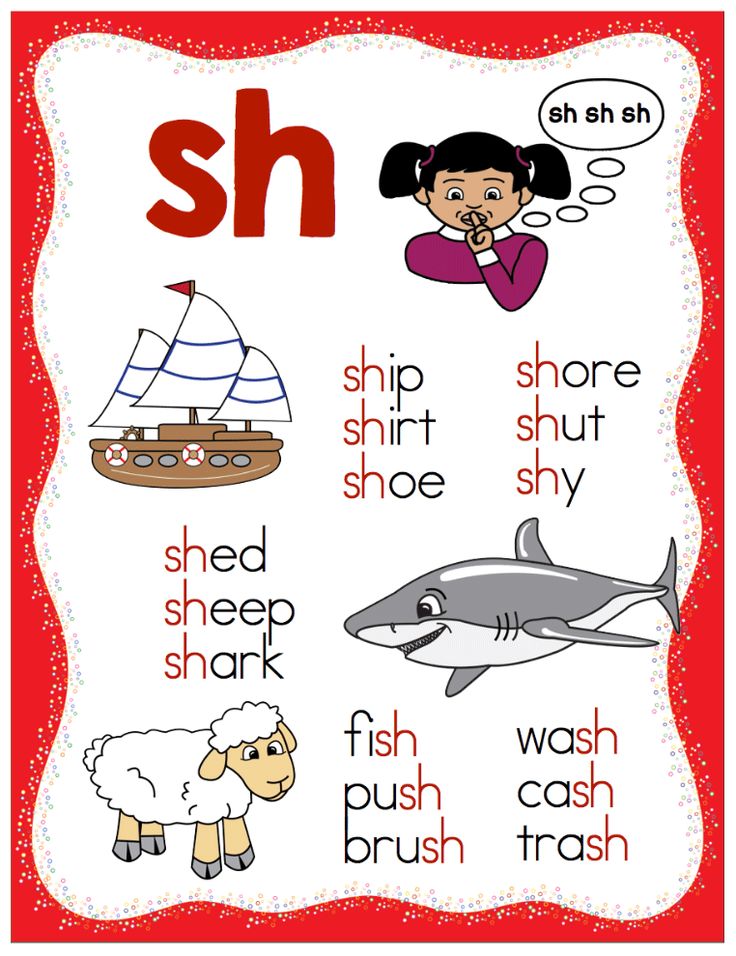 )
)
6. Play simple rhyming games: Rhyming games such as this First Learning Puzzles: Rhyming help your children to notice sounds within words and to learn that the same sound may be heard in many different words.
7. Play rhyming tennis: This one is great for kindergarteners who are familiar with rhyming. Choose a rhyming sound, say ‘-at’ as in ‘cat,’ and take turns back and forth each saying a new word that rhymes with the initial word. For example, player one says ‘cat,’ and player two ‘hat’, player one then says ‘rat,’ and player two, ‘mat.’ The round comes to an end when one player cannot think of a new rhyming word.
Progress to Hearing a Short Sequence of Sounds
8. Encourage your child to hear a sequence of sounds: This might sound scarier than it actually is! Look for everyday opportunities to break a short word (start with words with just two or three sounds, for example, hat, dog, car) into its individual sounds for your child to zip back together or blend orally.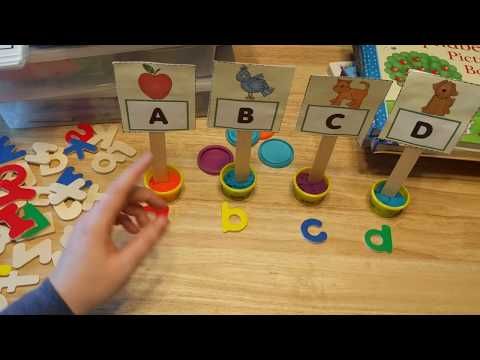 For example, as you are getting ready to go out to play you might say, “I need to put on my h-a-t. Do you have a h-a-t? What do we need to put on?” The answer, obviously, being ‘hat.’
For example, as you are getting ready to go out to play you might say, “I need to put on my h-a-t. Do you have a h-a-t? What do we need to put on?” The answer, obviously, being ‘hat.’
9. Practice with a Phonics book set. Peppa Pig Phonics, for example, provides parents ample opportunities to sound out short words (and point out the differences between short and long vowels), while your child is sure to delight in the colorful illiustrations and silly antics of Peppa and her friends.
Shop the best phonics sets below! You can find all books and activities at The Scholastic Store.
5 Ways to Learn the Alphabet Quickly and Easily with a 3-6 Year Old Child – Somersault
Before learning the alphabet with a child, it is important to understand what you are not going to do. Namely, learning to read. This is a more complex skill, so it is worth putting it off until the time when the child gets acquainted with all the letters and will confidently recognize them and write on their own.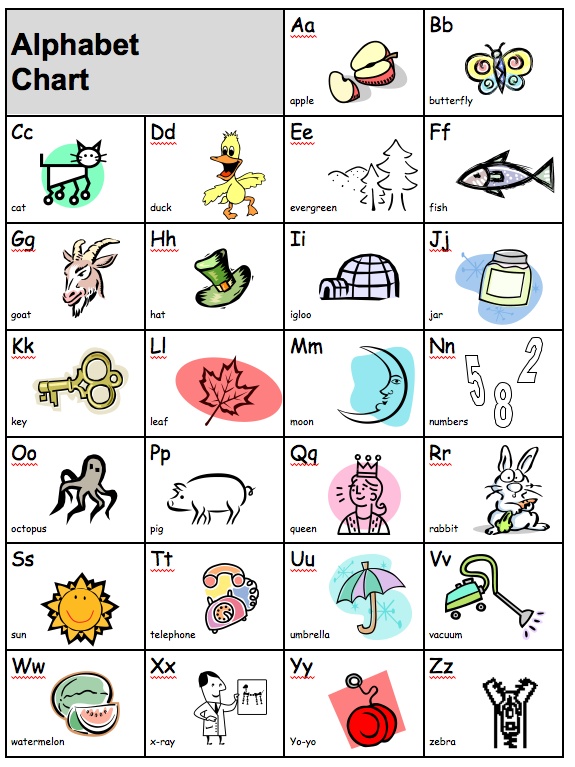 Until then, put off the alphabet and reading by syllables.
Until then, put off the alphabet and reading by syllables.
In this article, we have put together the basic principles to quickly learn the Russian alphabet with a 3-6 year old child in a playful way. For all games with letters, you can use plasticine, paints and any improvised means or magnetic letters - they will easily attract the attention of the child.
Contents:
- Learn the Alphabet Easily: Basic Principles
- 5 ways to learn the alphabet with your child
- From alphabet to reading
How to Learn the Alphabet Easily: Basic Principles
Each child can find an easy way to learn the alphabet that suits him or her, but there are basic principles that are important for all children. If you do not follow them, study will turn into drill and the child is unlikely to ever love to read. Here are a few such principles on how to properly learn the alphabet for a child.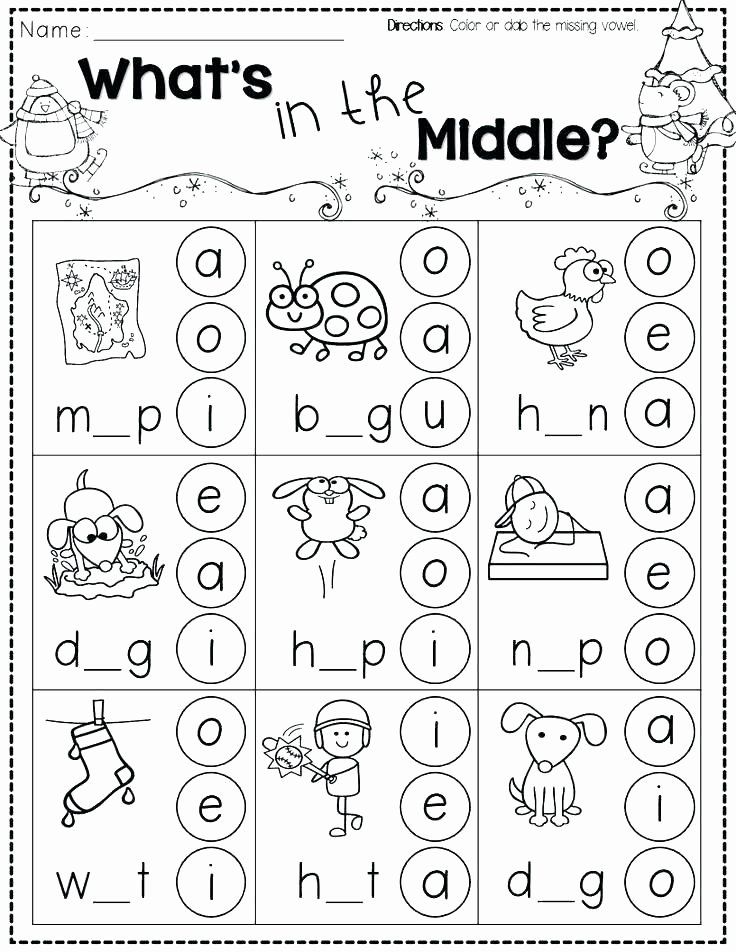
- Learn sounds first, not letters . At the first stage of learning, it does not matter how the letters in the alphabet are called correctly. Now only sounds are important for the child - "d", and not the letter "De". The names of the letters will only confuse the child, who first needs to learn to recognize the shape of the letters and their sound.
- Not learning the alphabet in the correct sequence . Until a child goes to school, it is of no use to him to know how the letters are arranged in the alphabet. This information will only distract him from what is really important: how the letters look and sound. The sequence of the alphabet can be learned later or even at school, where this knowledge will be tested by the teacher.
- Do not turn learning into a lesson . Learning from call to call is difficult even for children at school, let alone a baby. Therefore, all learning should take place in a playful way and not for long: 5-7 minutes a day to get acquainted with the letters will be enough.
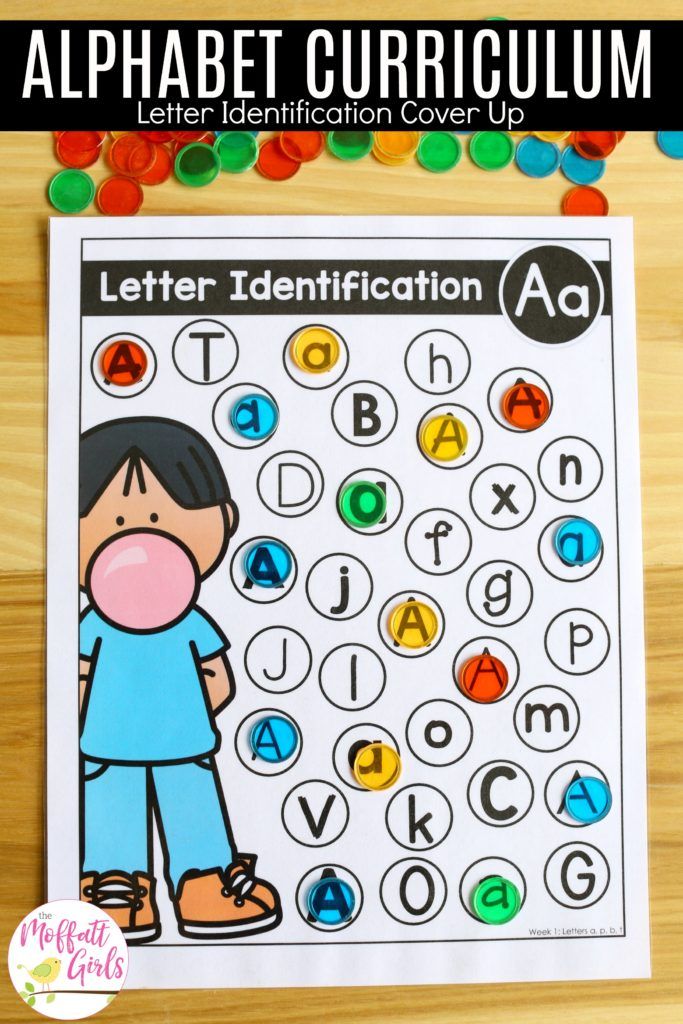 Gradually, this time can be increased, especially if the child likes the proposed games with letters.
Gradually, this time can be increased, especially if the child likes the proposed games with letters. - Use material objects . At the age of 3-6 years, the child learns the world by touch and taste. It is difficult for him to work with abstract letters spoken aloud. Therefore, it is better to stock up on plasticine and paints and create letters that are more understandable to the child and can be touched. Such a game for children will allow the child to learn the letters of the alphabet and he will recognize them in different forms regardless of what they are made of.
- First vowels, then consonants . Vowel sounds are easier to pronounce, so it's worth starting with them.
The main thing is not to force anyone. If you see that the child is inquisitive, enjoys exploring the world and is ready to learn, you can move on to learning letters and the alphabet. So the child will be happy to learn the alphabet in a playful way and gradually learn to read. So that the game is not abstract, you can use the magnetic letters TUMBLING.
5 ways to learn the alphabet with your child
1. Use an interesting topic to study
Use your child's interest to spur his motivation to learn. For example, if your kid is crazy about cars, let them be the topic in which you learn the alphabet. Use any words related to cars:
"A" - bus
"B" - trunk
"C" - driver, etc.
You can show cars and their parts, draw or sculpt from plasticine. It is important that the child's focus shifts from learning to doing what they love. Additionally, the method will help expand vocabulary and knowledge about the world.
2. Cross out a letter of the alphabet in the list
Fill in a small square with arbitrary letters. The task is to cross out only the letter that you are studying. This will help the child focus on one letter and not get distracted by the ones he doesn't remember or don't know.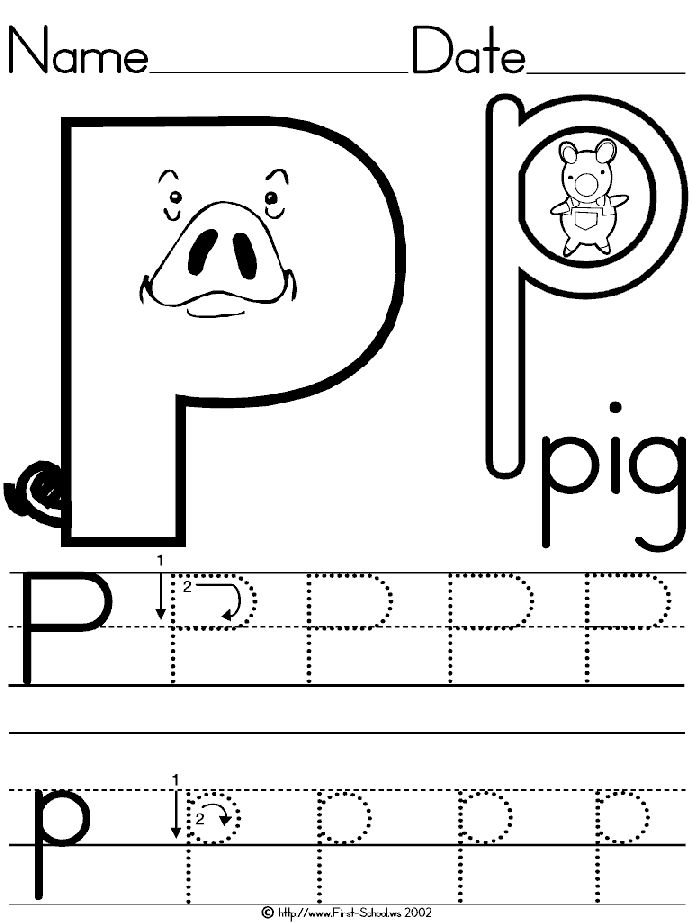
3. Pulling the letters of the alphabet out of the pouch
The soft-touch magnetic letters are perfect for this method. Put the letters in a bag and give the child the task, without looking, to pull out only the letter that you thought of. Let there not be too many letters in the bag, otherwise the child will get confused. 6-7 pieces will be enough. To start, use letters that are very different in shape, such as "O" and "M". Gradually, the complexity can be increased and searched among similar letters, for example, "K" and "X". Don't forget to praise and encourage your child. You can alternate the learning process with desktops.
4. Recognize letters of the alphabet by ear
You pronounce a word, and if it contains a hidden letter, the child claps his hands.
With this game for kids, you can learn individual letters or the entire alphabet. For example, you name a word, and the child inserts its first letter into the insert frame.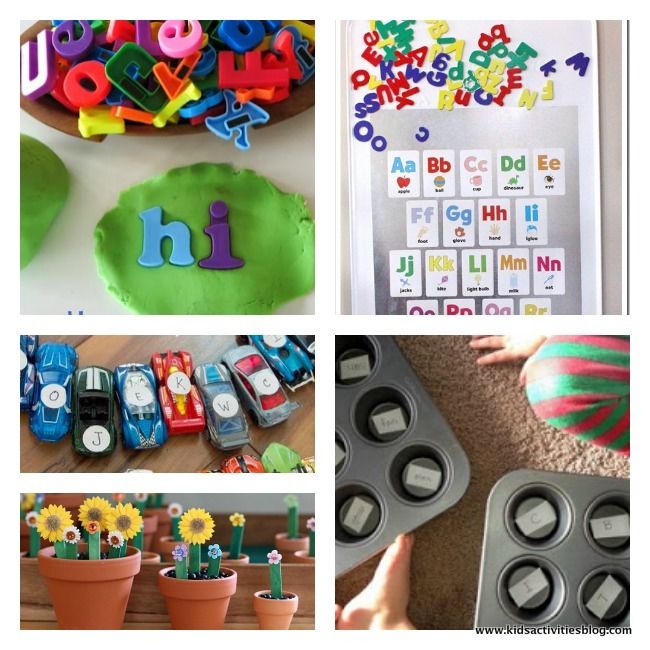 To stimulate your child's interest, you can use only words from his favorite topic, for example, the names of animals.
To stimulate your child's interest, you can use only words from his favorite topic, for example, the names of animals.
5. Guess words starting with the first letter
You choose one letter and think of a word that starts with that letter. For example, the letter "Z":
- What is this animal with big ears and loves carrots?
- Hare!
This game form is again suitable for learning individual letters or the entire alphabet. If you learn only one letter, the child gets used to quickly recognizing it in different words. And if you give words with different letters, the child as a whole learns to understand with which letter they begin. With the study of the account and the English language will also help TUMBLING.
From the alphabet to reading
When a child learns the Russian alphabet, confidently recognizes all the letters in different words and can draw or mold them on his own, it is worth moving on to reading. Because you need to learn the alphabet just so that the child can read.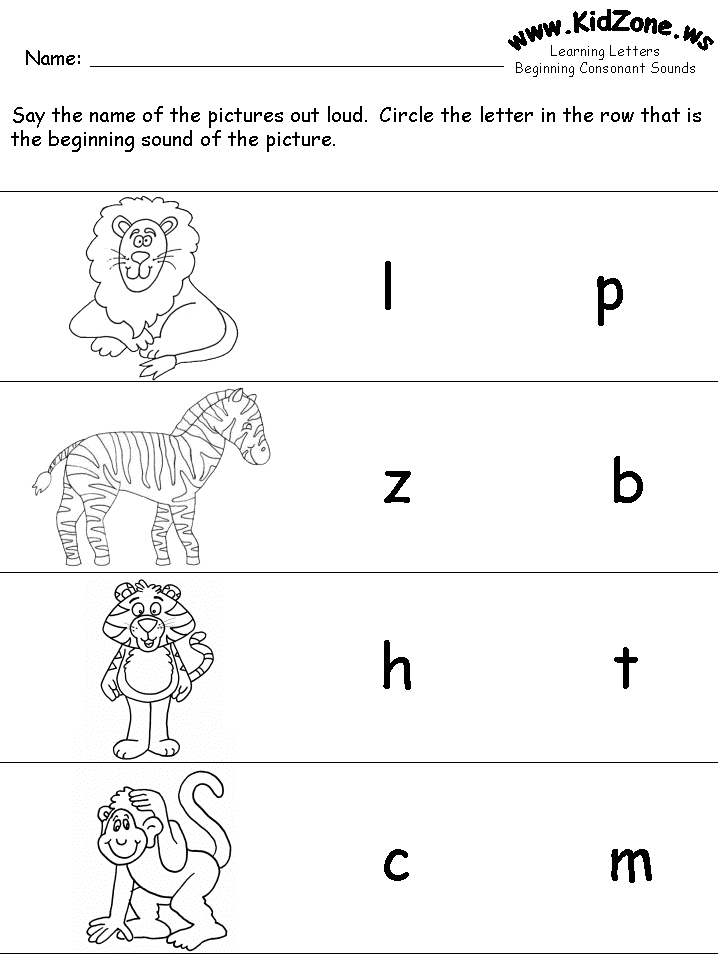 If knowledge is not used, it will hang as an extra burden, and by the time school will be forgotten. Therefore, you should not learn the alphabet too early: at 3-4 years old, a child is simply not interested in reading books in order to learn something new. He is more interested when his mother reads. Conversely, by the age of six, the child will be glad to have his own books to read them himself.
If knowledge is not used, it will hang as an extra burden, and by the time school will be forgotten. Therefore, you should not learn the alphabet too early: at 3-4 years old, a child is simply not interested in reading books in order to learn something new. He is more interested when his mother reads. Conversely, by the age of six, the child will be glad to have his own books to read them himself.
CHILD DEVELOPMENT: ABC Grammar
Welcome to www.RazvitieRebenka.com.
You are in the "ABC-Grammar" section. In this section you will find all the articles that develop materials, cards, posters, DIY toys, puzzles, coloring books, logic puzzles and much more collected on this site for learning ABC and Grammar with your child.
All material for classes with your child, which you will find in this section, you can download absolutely FREE OF CHARGE.
Everything that you will see in the "ABC-Grammar" section was created for use at home, in kindergartens and mini groups, at school in elementary grades.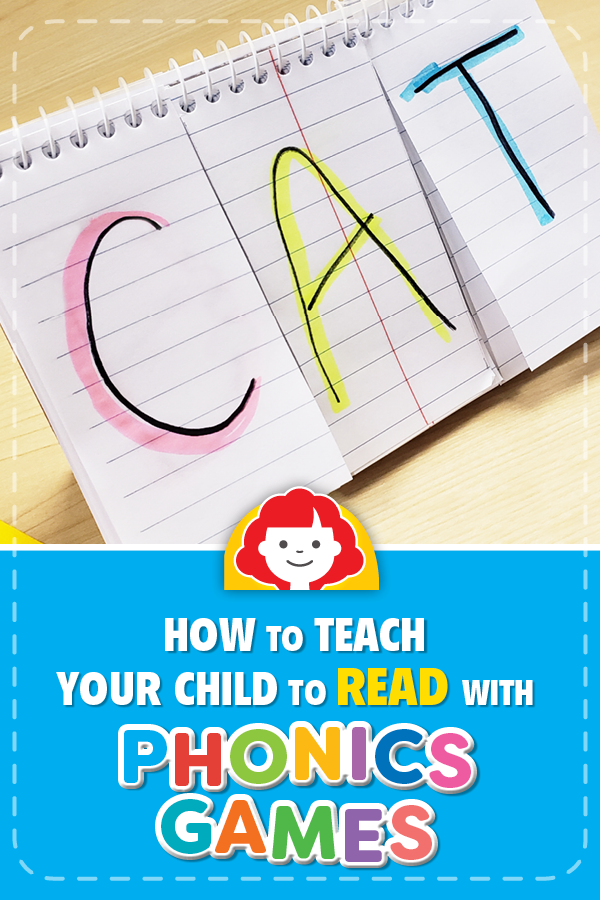
In this section you can find exclusive teaching materials for classes created by the site's author.
Please do not remove the site name from the educational material that you will download. If you use educational materials from the site www.RazvitieRebenka.com, please provide a link to this site.
| 1. How to teach a child the letters of the Russian language? An interesting way to help you teach your child the letters of the Russian language at home. | | ||||||||||||||||||||||||||||||||||||||||||||
| 2. Do-it-yourself ABC Book For Children How can you make an ABC book with your own hands? | | ||||||||||||||||||||||||||||||||||||||||||||
| 3. 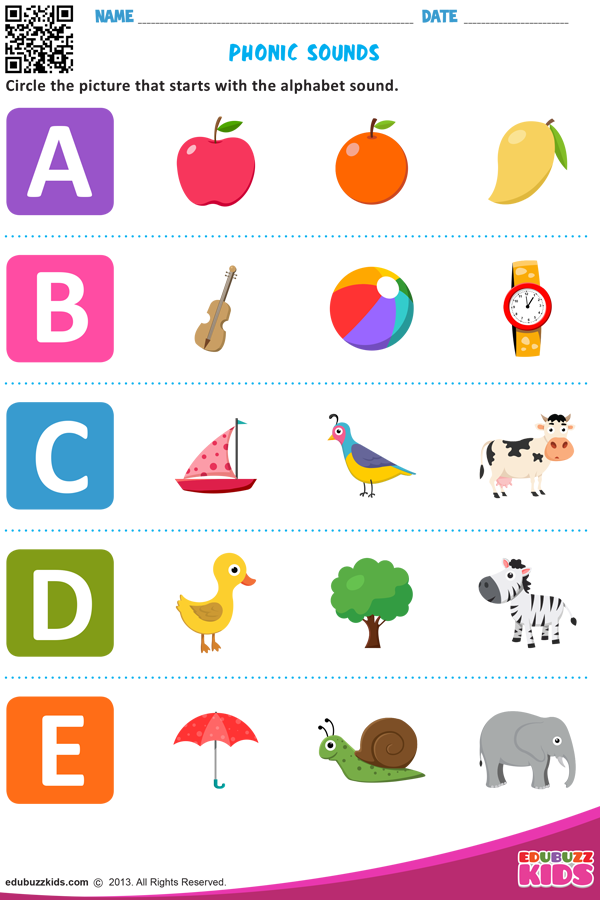 Learning the vowels Learning the vowels Task: Find, Count and Guess the color. | | ||||||||||||||||||||||||||||||||||||||||||||
| 4. Video Lesson "Letters of the Alphabet" Wonderful educational cartoon for children. | | ||||||||||||||||||||||||||||||||||||||||||||
| 5. Video Lesson "Singing the Russian alphabet" One of the best and easiest ways to learn the letters of the alphabet is to sing a song of letters. Try it, I assure you, your baby will appreciate this video. | | ||||||||||||||||||||||||||||||||||||||||||||
| 6. Study the letter "A". Or what the letter "A" looks like A wonderful selection of educational material. Color the letter , trace it around, connect the dots and see what happens, find in the picture and count how many letters "A" you see. | | ||||||||||||||||||||||||||||||||||||||||||||
| 7. Video Lesson "Learning to read" ABC for children - video lesson for children. | | ||||||||||||||||||||||||||||||||||||||||||||
| 8. Letters of the Alphabet. Puzzle Cards Learning letters can be turned into an interesting game. Multi-colored cards with letters of the alphabet will help you. But these cards are not simple. These are puzzle cards. Cut out neatly small squares with the image of letters on the card and ask the child to choose the correct letter for each card. | | ||||||||||||||||||||||||||||||||||||||||||||
| 9. My first Alphabet A poster depicting Russian letters. | | ||||||||||||||||||||||||||||||||||||||||||||
| 10. How to teach a child to read in syllables? One of the fun ways to make a study guide at home. A cheerful and colorful train will help us. | | ||||||||||||||||||||||||||||||||||||||||||||
| 11. 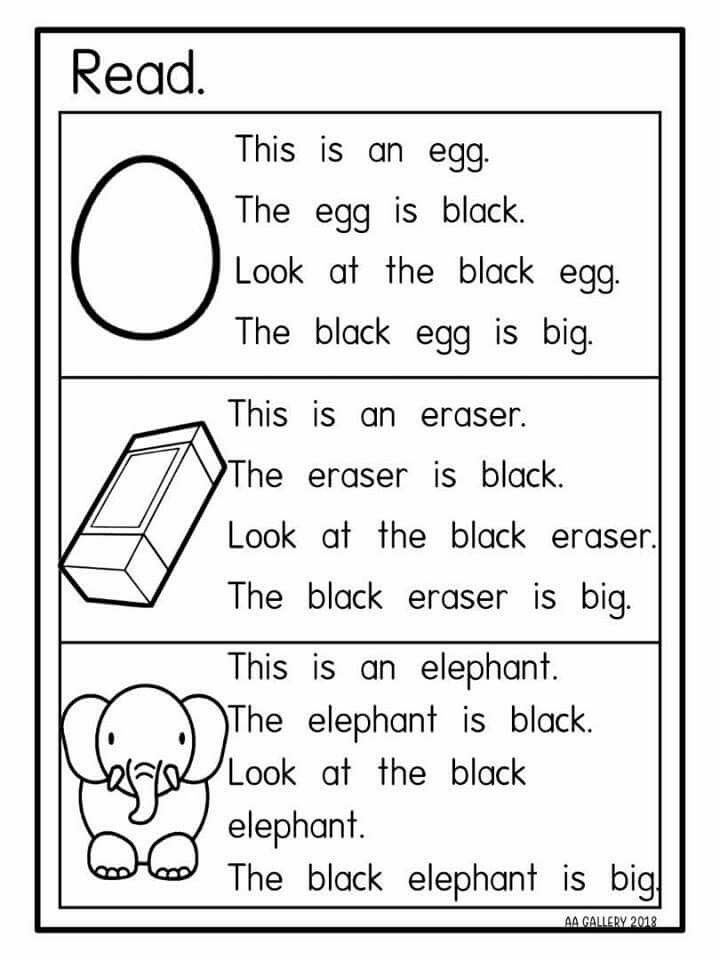 Video Lesson "ABC in the Circus" Video Lesson "ABC in the Circus" A fun and entertaining video for kids that will tell your little one what letters are. | | ||||||||||||||||||||||||||||||||||||||||||||
| 12. Alphabet cards Letters of the alphabet in the form of individual cards that you can color yourself. | | ||||||||||||||||||||||||||||||||||||||||||||
| 13. Video Lesson "ABC for Children" Video lesson "My first ABC". | | ||||||||||||||||||||||||||||||||||||||||||||
| 14. Learn to Read Three Letter Words An interesting and entertaining game for your children. If you are learning letters, then the game "Learn to read by playing" is suitable for you. | | ||||||||||||||||||||||||||||||||||||||||||||
| 15. Learn to Read Four Letter Words An interesting and entertaining game for your children. If you are learning letters, then the game "Learn to read by playing" is suitable for you. If you are learning new words, then this game "Learn to read by playing" is for you. If you are learning how to make words from letters, then this game "Learning to read by playing" is for you. | | ||||||||||||||||||||||||||||||||||||||||||||
| 16. Letters of the Alphabet The material was collected to study the ABC together with the child. Alphabet Letters Colored Cards for activities with children at home, kindergarten and primary school. Color cards with letters of the Russian alphabet. Each card with a letter has a picture starting with that letter. With the help of these cards, you can learn the letters of the Russian alphabet, as well as new words. These tasks will help your child to prepare his hand for writing, to master the skills necessary for the correct writing of numbers, letters, observance of size, inclination, position on the line. How to prepare your hand for writing? Part 1 We play Lotto made by ourselves. If your child knows letters, but cannot read yet, I offer you interesting tasks that will teach your child to read words. Color double-sided Cards with the image of Letters and Pictures denoting words starting with this letter. Download free cards with letters and syllables. Syllables. Making words from syllables. If you are learning letters, learning to build words from letters, learning new words, you are introducing your child to the names of pets and poultry, then this game "Learning to read while playing. Use cards to determine the child, Review of children's books - on the topic "Preparing a child for school". We present to your attention a recipe for preschoolers. In this recipe, the child will be able to write and draw with his left and right hands. This copybook is designed to print letters, numbers and some syllables. In the recipe, it is necessary to repeat the indicated letter, number or syllable in the box. In this recipe for left-handers, letters and numbers are specially arranged in a scatter, this will consolidate the skills of numbers when counting, as well as the correct arrangement of the letters of the Russian alphabet in the alphabet. This recipe will prepare your preschooler for writing. Using these prescriptions, your child will quickly remember the name and spelling of letters. We would like to present to your attention - Multifunctional guide for the Development of Speech of preschool children. Cards with Syllables according to the principle: Syllables with the first vowel. Download and print cards with the image of syllables. Speech training verses and exercises for children with difficulty in pronouncing similar sounds. We bring to your attention developing tasks that will introduce your child to Prepositions. Total cards: 21. Syllables not colored 1 We download free cards for classes with your child. Cards from the series "We read combinations of words." We teach literacy - a set of cards with pictures. We print the cards on a color printer and cut the cards neatly in the middle. The child must collect the picture, the older child can also read the phrase. Copy. Part 1 |
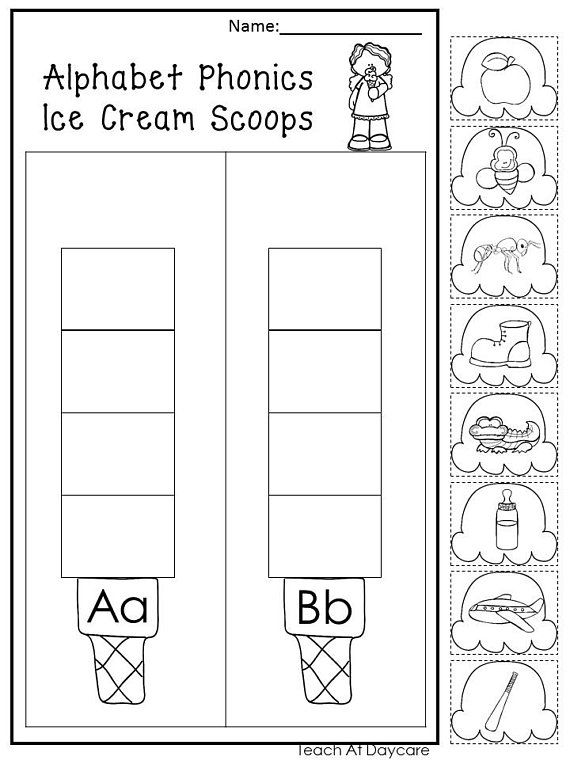
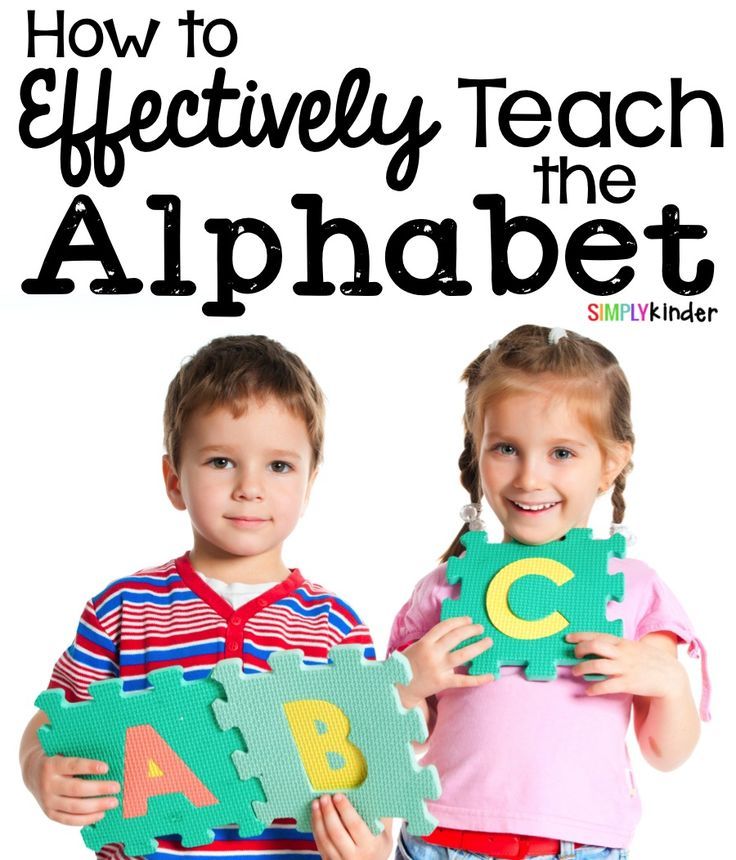 If you are learning new words, then this game "Learn to read by playing" is for you. If you are learning how to make words from letters, then this game "Learning to read by playing" is for you.
If you are learning new words, then this game "Learn to read by playing" is for you. If you are learning how to make words from letters, then this game "Learning to read by playing" is for you. 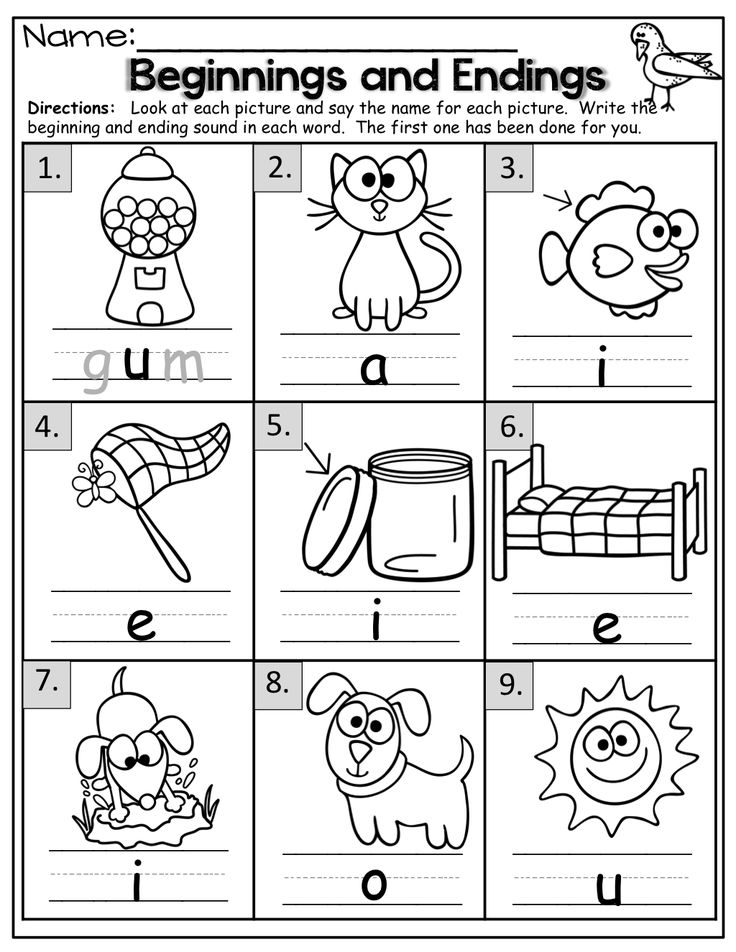 Here you will find interesting tasks for learning the Letters of the Alphabet, coloring pages and poems about letters. In tasks, you need to color the letter, color the pictures and connect them with a pencil with the letter. Try to write large and small printed letters. Read the words beginning with the letter syllable by syllable. Write in capital letters.
Here you will find interesting tasks for learning the Letters of the Alphabet, coloring pages and poems about letters. In tasks, you need to color the letter, color the pictures and connect them with a pencil with the letter. Try to write large and small printed letters. Read the words beginning with the letter syllable by syllable. Write in capital letters. 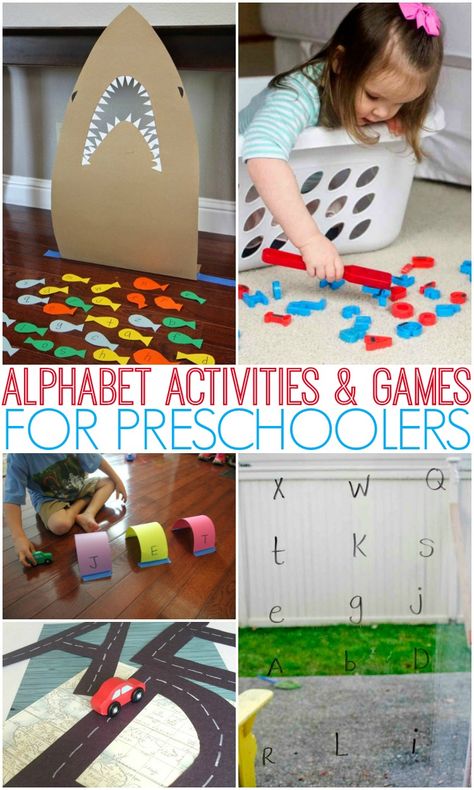 Alphabet Letters Colored Cards
Alphabet Letters Colored Cards 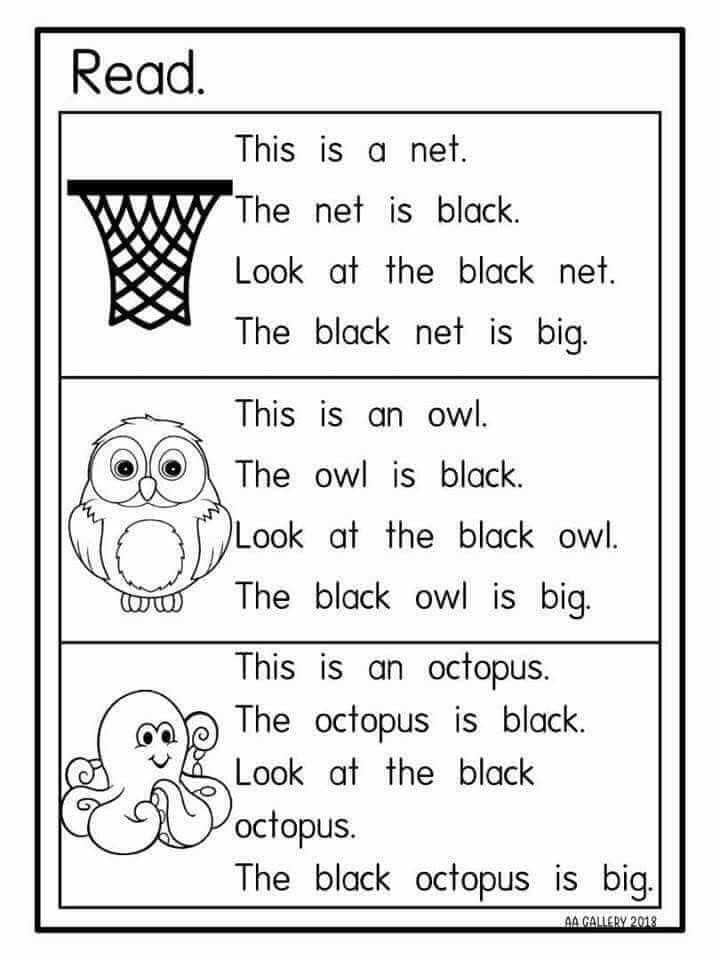
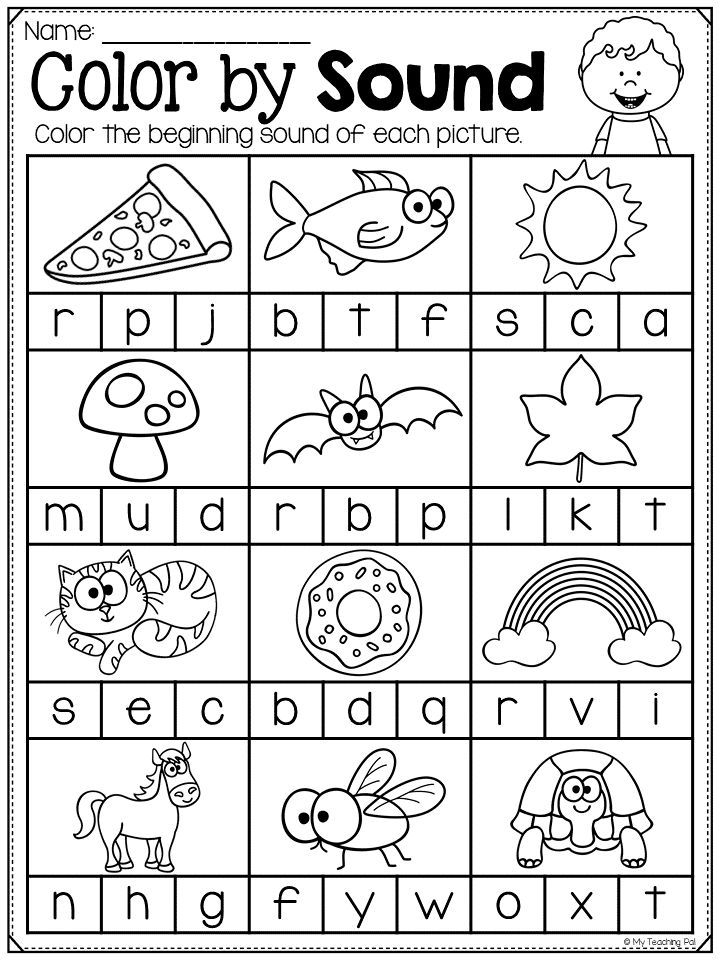 Color double-sided cards with Letters of the Alphabet
Color double-sided cards with Letters of the Alphabet 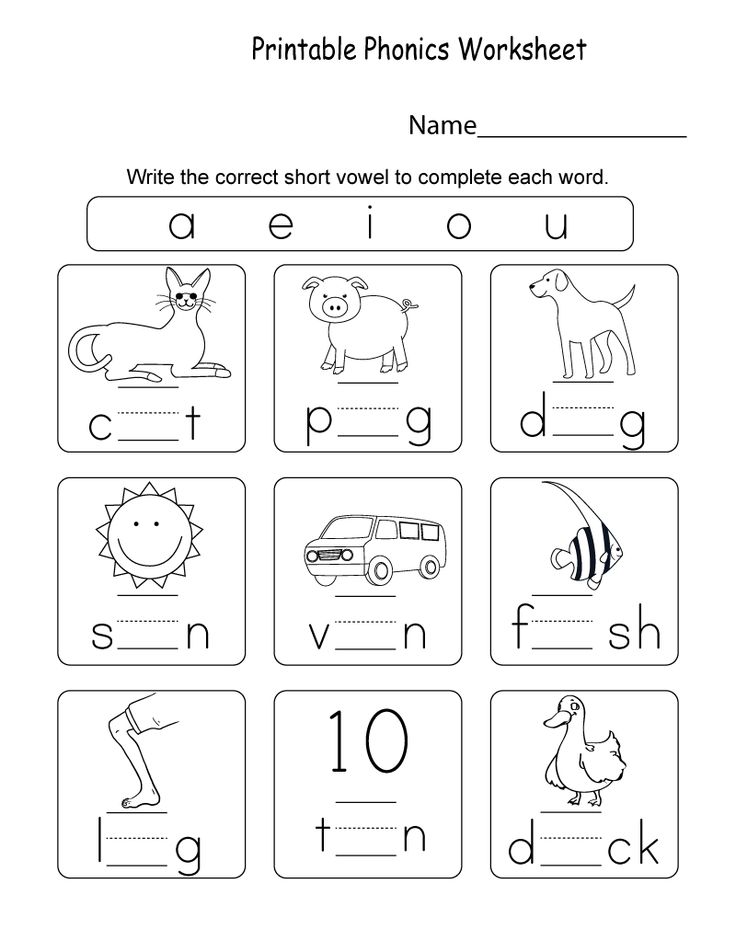 Learning Pets and Birds" is for you.
Learning Pets and Birds" is for you. 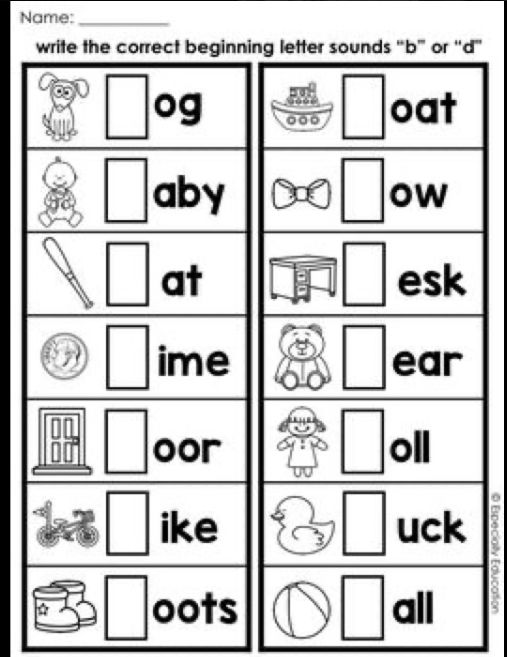
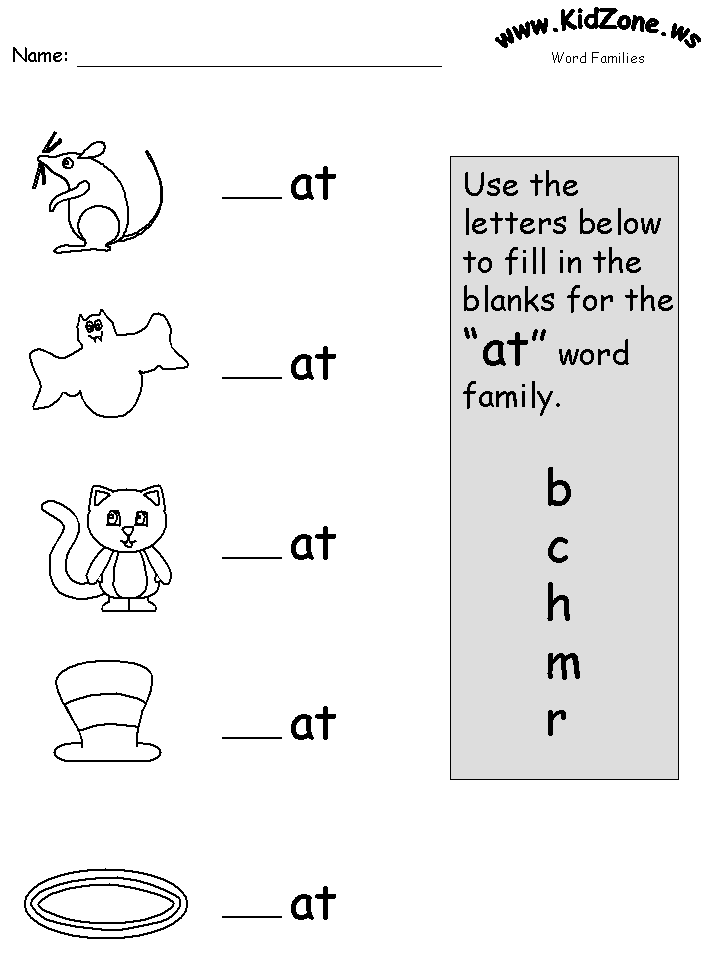 Vowel plus Consonant Syllables
Vowel plus Consonant Syllables  Cards SYLABLES (not colored)
Cards SYLABLES (not colored) 